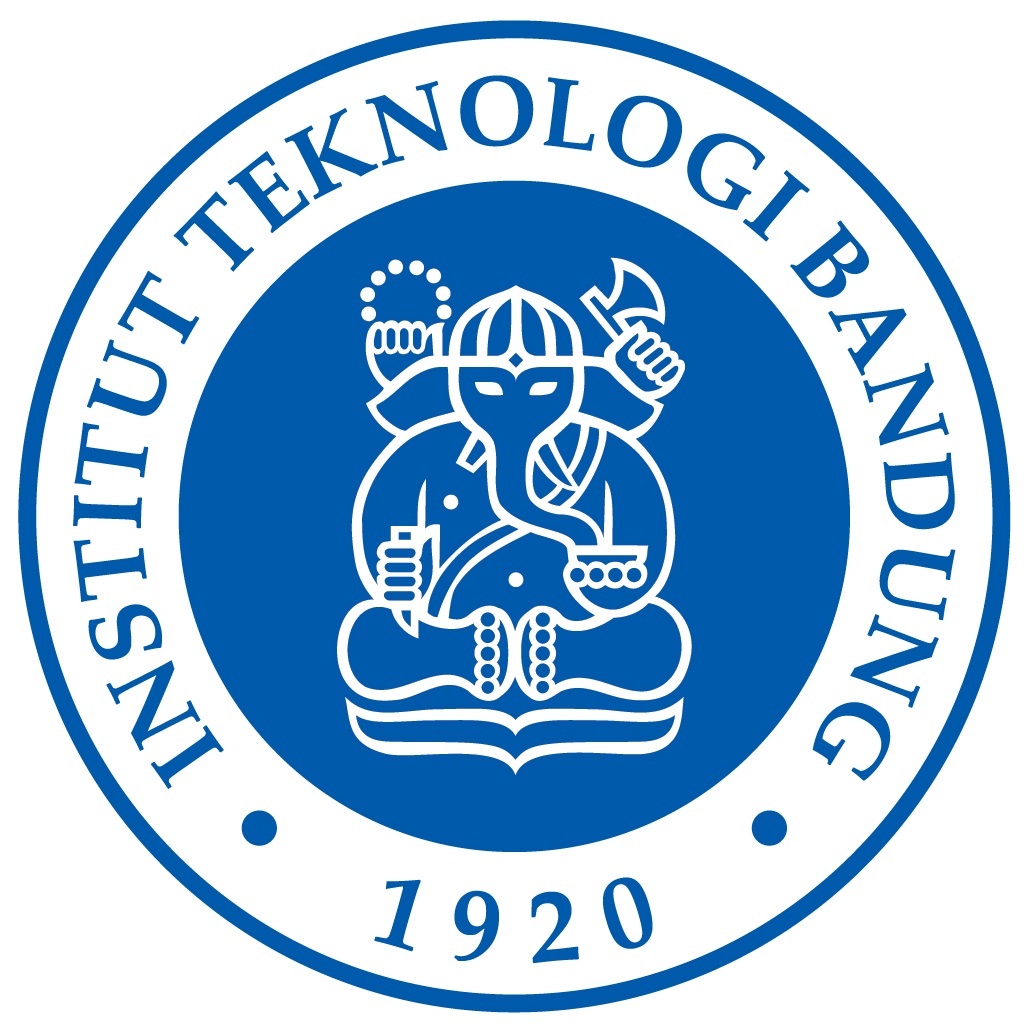

David Prambudi Sahara
Microseismic monitoring at the Patuha Geothermal Field during a power plant overhaul offers insights into reservoir dynamics under operational changes. Using seismic data from 11 stations over 100 days, we identified 125 microseismic events, with event rates rising from 0.6 per day before the overhaul to 2.9 per day during, then stabilizing at 1.1 per day afterward. Hypocenter relocation reduced travel-time residuals from 0.5 to 0.2 seconds, revealing a concentrated seismicity cluster along the Ciwidey and Urug NE-SW faults in the Ciwidey Crater reservoir, suggesting fault reactivation. Relative seismic velocity variation (dvv) analysis from ambient noise showed a velocity decrease of -0.15% to -0.3% pre-overhaul, consistent with fluid-induced cracking, and a reversal to +0.5% during overhaul, indicative of stress accumulation. Postoverhaul, fluctuating dvv patterns suggest stress re-equilibration. These findings highlight the impact of operational pauses on fault activity and stress mechanisms, underscoring the role of microseismic and dvv monitoring in geothermal resource management and hazard mitigation.
Analyzing Operational Impacts on Reservoir Dynamics. Identifying Fault Reactivation Zones. Developing a Methodology for Geothermal Monitoring and Management
This research has significant benefits both for the Bandung Institute of Technology (ITB) and on a national scale, especially in the field of geothermal energy management. The following are the benefits: Benefits for ITB: Increased Academic and Research Reputation. This research shows ITB's superiority in geophysical research, especially in microseismic monitoring and geothermal reservoir management. Publication of research results in international journals increases ITB's profile as a center of excellence for geothermal research at the global level. Research-Based Curriculum Development: Findings and methodology from this research can be integrated into teaching, giving students access to real-world case studies and cutting-edge technology. Strengthening the relationship between research and learning, especially for the Geophysical Engineering, Mining Engineering and Petroleum Engineering study programs. Collaboration with Industry: Collaboration with PT GeoDipa and the potential for replicating research results in other fields strengthens ITB's relationship with the geothermal industry. Provide opportunities for students and lecturers to be involved in industry-based projects, including internships, applied research, and technology development. National Benefits: Supports Geothermal Resource Management: With Indonesia having the largest geothermal potential in the world, this research provides science-based solutions for safe and sustainable reservoir management. The technology and methodology developed can be used to increase the efficiency and safety of geothermal operations, supporting government targets in the renewable energy mix. Induced Seismic Risk Mitigation: The use of microseismic monitoring and dvv analysis can help reduce operational risks, such as fault reactivation or infrastructure damage due to induced seismicity. Provides guidance for geothermal operators to plan production that is more adaptive to changes in reservoir stress.